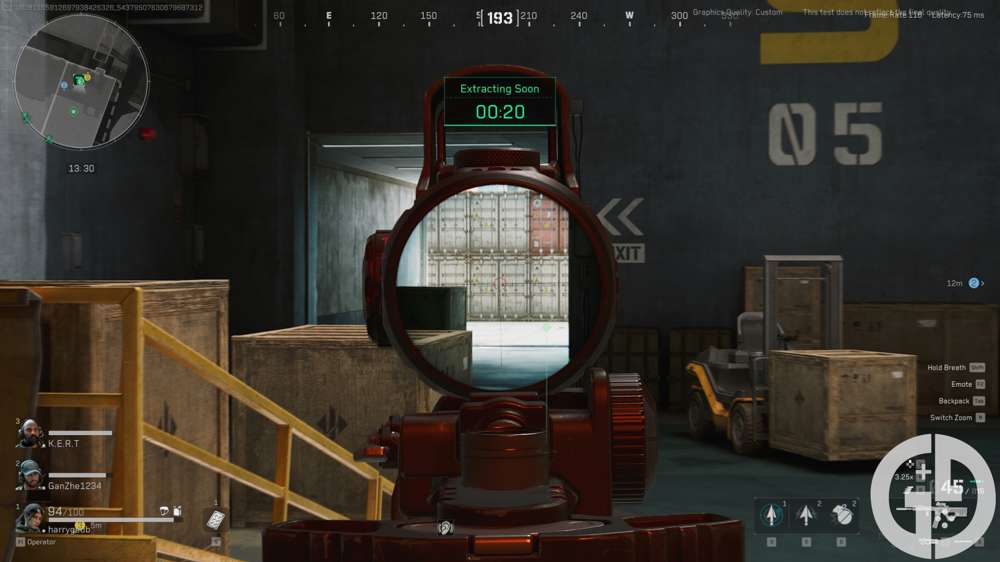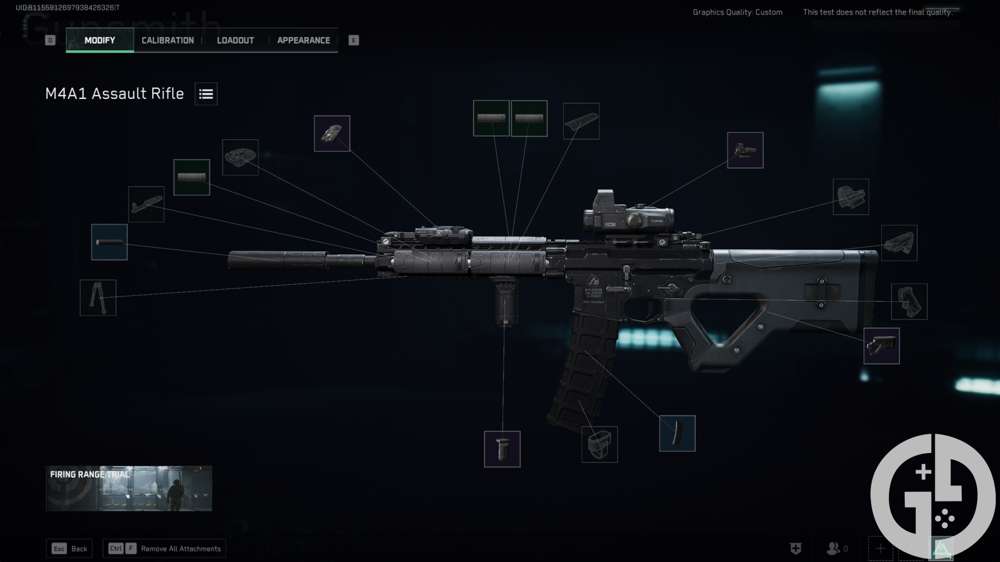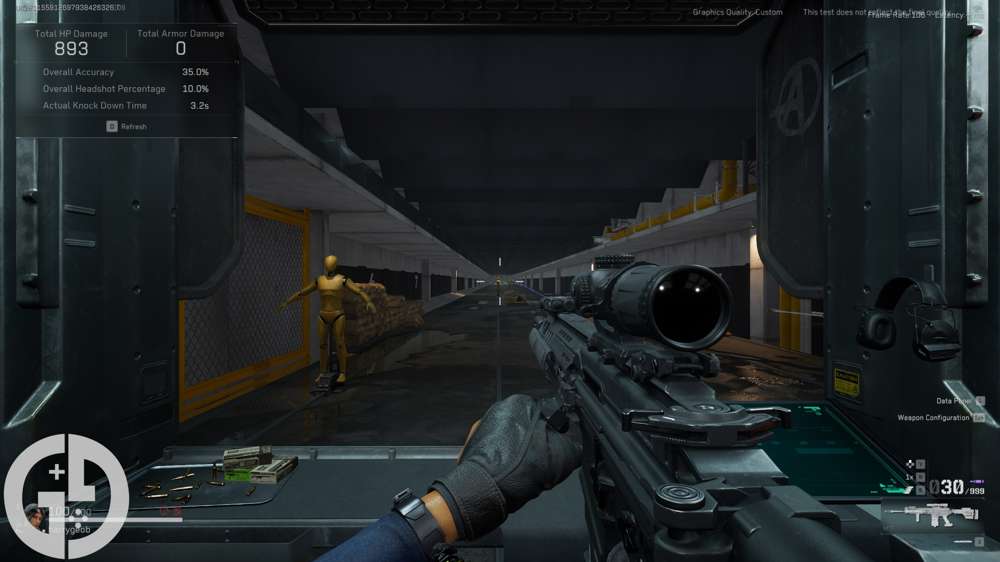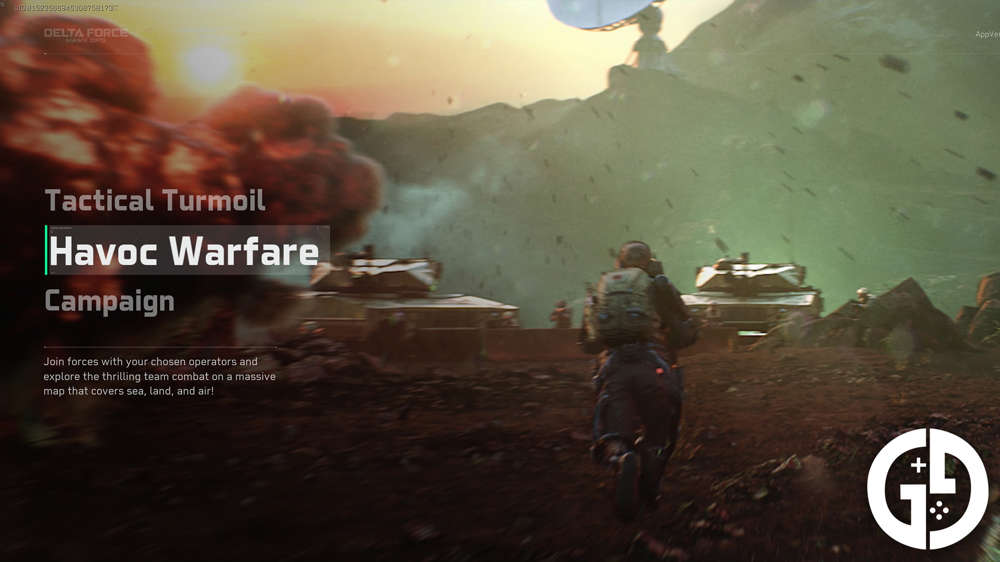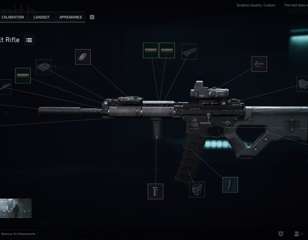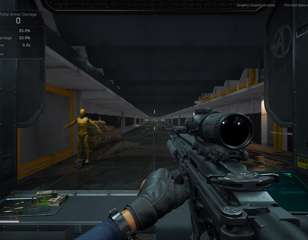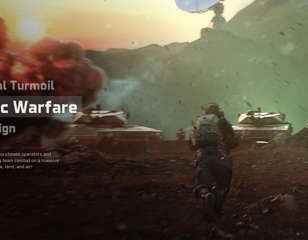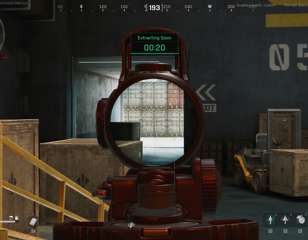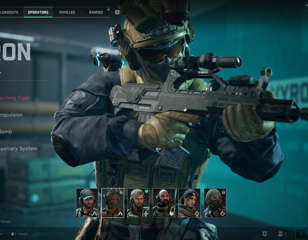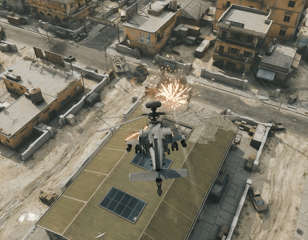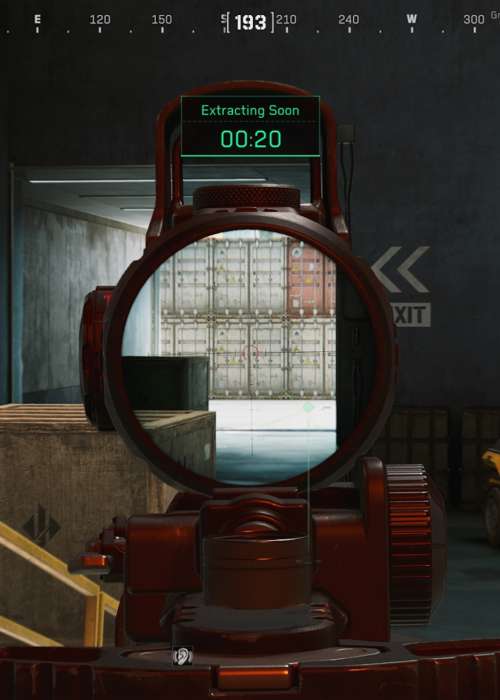
Delta Force Hawk Ops: Beginner's guide to the Tactical Turmoil Extraction mode
Get to grips with the Tactical Turmoil extraction mode in Delta Force Hawk Ops with this beginner's guide, showing the ropes with some helpful tips and tricks.
While extraction shooters are certainly nothing new, they are still quite complex to get to grips with for players inexperienced with the genre.
Delta Force Hawk Ops is certainly no Escape from Tarkov when it comes to complexity, but there are quite a few systems that you'll need to get to grips with before you master the game.
I've spent a fair amount of time playing the game during its closed alpha period, alongside far too much experience in Tarkov, so make sure to follow all of the tips and tricks in this beginner's guide to hit the ground running in Hawk Ops.
Understanding the extraction genre
Before starting out in Tactical Turmoil, it's important to understand the general gameplay loop of an extraction shooter.
Key to the entire genre is the notion that - unlike something like a battle royale - there is no 'winner' or way to 'win' in an extraction shooter, and instead your purpose is primarily to survive and extract safely.
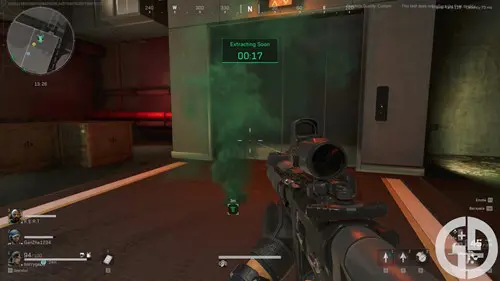
Each raid (otherwise known as an 'operation') has a strict time limit, and any player who fails to extract before the time runs out will be eliminated. Importantly, you'll lose everything that you had on your character when you die, outside of the items stored in your safebox.
Outside of simply surviving, the purpose of your raids will be to collect loot and complete any quests that you currently have active. Along the way, you'll come across both AI combatants and other players - both of which will be looking to take you down. There are also boss-like AI foes that will pose a significant challenge if you're looking to take them head-on.
Understanding weapons
Unlike most other extraction shooters, weapons themselves have damage values as opposed to the ammunition largely determining the strength of your build.
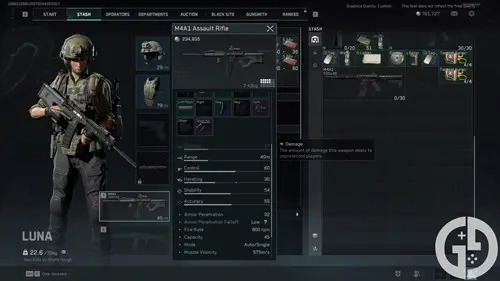
Damage, as always isn't the be-all-end-all though, as you'll also want to factor in all of the other stats like control, handling, stability, and fire rate, alongside the penetration value of the ammo too - which I'll get onto in a bit!
Regardless though, weapons are still the tools that you'll be using to take down enemies in your operations, so picking one that you're comfortable with and feel confident using is essential.
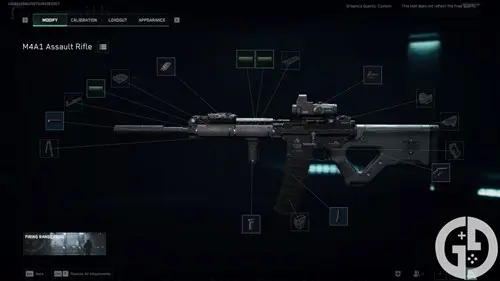
You'll also want to spruce up each weapon with appropriate attachments too. Attaching an optic of some kind is never a bad idea, alongside a tactical laser device that helps you point fire in close-quarters scenarios.
You might even want to use a silencer to mask the sound of your shots, and you'll definitely want to consider switching out your stock or pistol grip, and slapping on a foregrip to enhance the overall handling of the weapon.
Unlike some of the more hardcore extraction shooters, you don't need to worry about packing individual magazines for your weapon, and your gun will simply pull from loose rounds in your tactical rig whenever you reload. This is the case regardless of whether you've used one bullet or a whole magazine, and you'll simply use up exactly what you need to get back to a full mag.
Understanding ammo & armour
Once you've got your weapon all set up you'll want to make sure that you understand how ammo works in its interaction with armour.
While weapons technically dictate your damage values, that is purely when a bullet actually hits flesh, and your armour's purpose is to prevent that from happening due to its Protection Level.
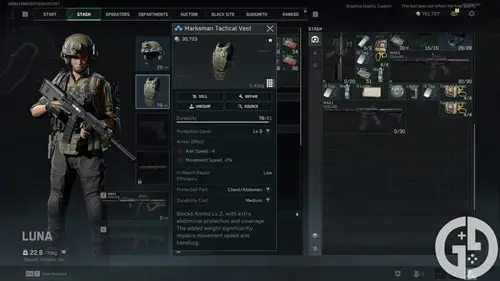
Each round has a maximum Protection Level that it can penetrate, letting you know the limits of what you'll be able to take down. Alongside this, you'll also have a damage falloff percentage against each round, letting you know how much damage you'll be able to do to the armour itself.
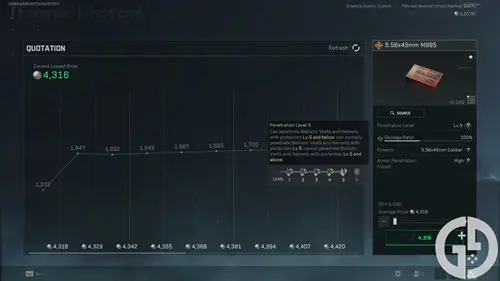
In theory, then, it's important to always take the strongest ammo you can get into your raids, but you'll also have to factor in cost - as the best rounds are significantly more expensive - and also whether you'll actually need it. Most players - at least in the closed alpha - won't have more than Protection Level 3 or 4, so one of the middling rounds will do just fine.
Understanding loot
Loot in Hawk Ops serves many different functions, and it'll take a while for new players especially to understand what they should do with each item they pick up.
First off, each item of loot is categorised into different rarities defined by their colour, with white being the most common, blue being rare, and purple being the rarest. This doesn't always correlate to price as common items can end up selling for a lot if they're in demand, but it's a good way to prioritise at the start.
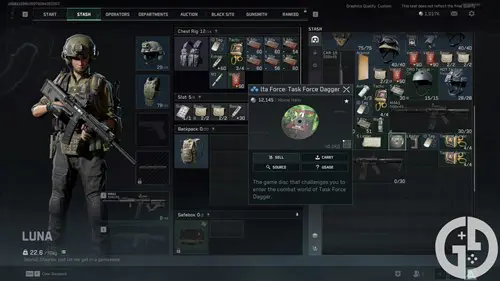
The primary function of loot is for it to be sold, so ensuring that your backpack is filled with the highest-value items you can find is a must. Don't just think of item-to-item value either, as you'll want to consider the price-per-slot too. In simple terms, if a 4x4 item sells for 40,000 but a 1x1 item sells for 12,000, it's much better to fill the 4 slots with 1x1 items as they'll sell for more overall, even if the 4x4 item has a higher single item value.
The secondary purpose for items is bartering, in which you'll exchange a specific set of items for something unique with one of the vendors. These items are often quite hard to find - but you can just buy them off the black market if they're proving elusive in your raids.
Finally, you'll also want to keep an eye out for items needed for quests, as they'll sometimes ask you to use or hand over specific loot. You obviously won't likely know this until you accept each quest, but it's definitely something to keep in mind if you see something you think is rare.
Understanding quests
Quests are what you'll spend most of your time doing in-raid, and they'll be the main way that you level up and progress your character too.
There are two types of 'quests' per se in Hawk Ops, with ones given by the different Departments, and then the various Event challenges that you can complete.
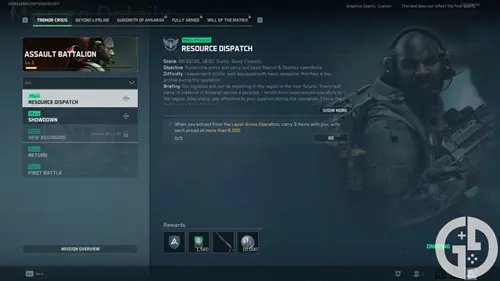
Department quests are more traditional tasks that are unlocked in a linear fashion. Each Department has its own set of tasks for you to complete, and these include things like kill requests, finding items, and locating spots across one of the maps.
You'll progress through these by completing each one, and in doing so you'll increase your Operation level and reputation with that individual Department, enhancing the number of items that are available to purchase too.
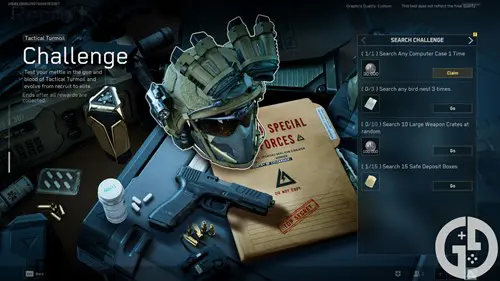
Alternatively, Events offer you quests that are more like challenges, where you'll have to do specific tasks like unlocking a computer or killing a certain number of players in order to pick up specific rewards.

About The Author
Harry Boulton
Harry is a Guides Writer at GGRecon, having completed a Masters of Research degree in Film Studies. Previously a freelance writer for PCGamesN, The Loadout, and Red Bull Gaming, he loves playing a wide variety of games from the Souls series to JRPGs, Counter-Strike, and EA FC. When not playing or writing about games and hardware, you're likely to find him watching football or listening to Madonna and Kate Bush.
